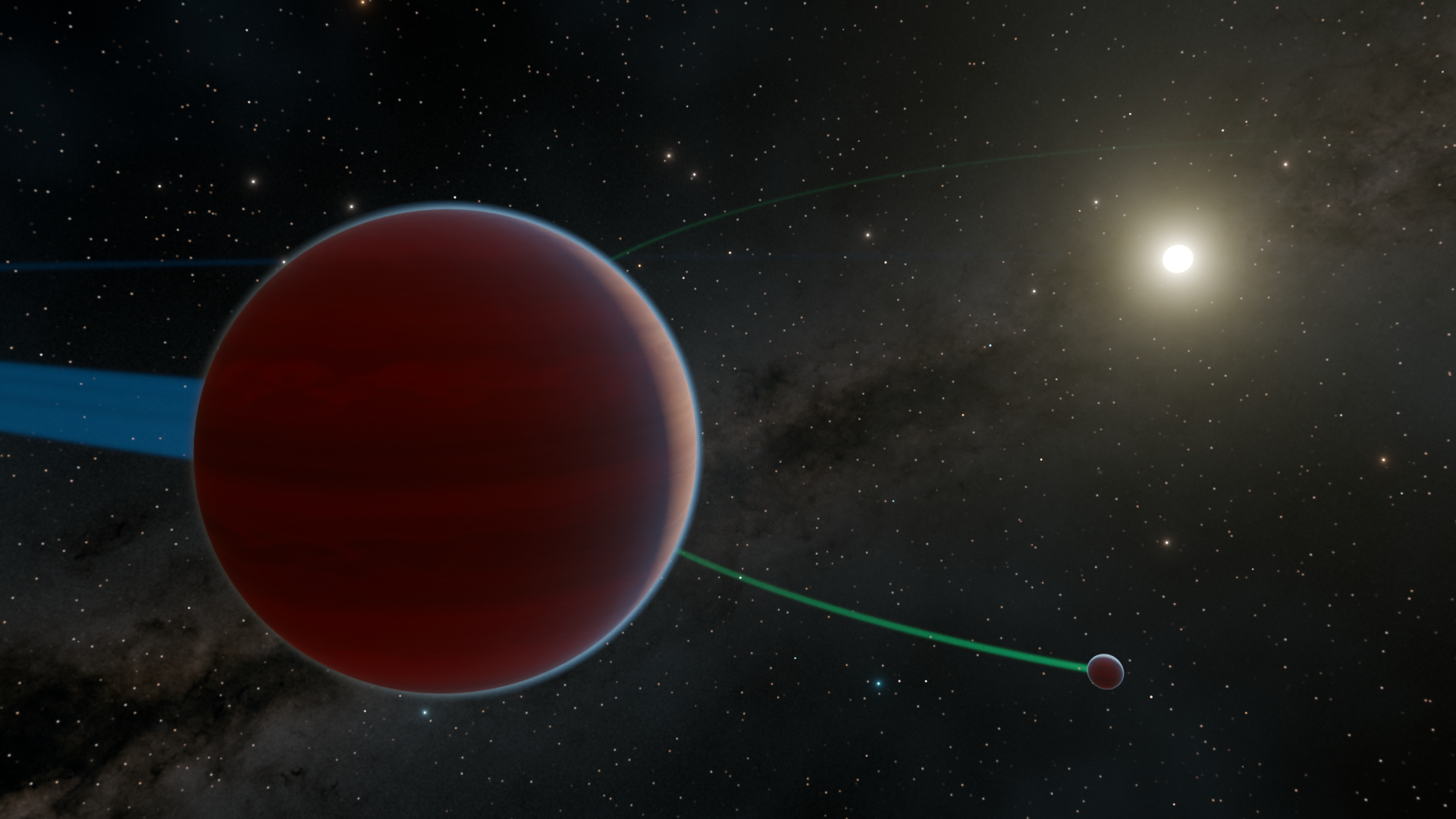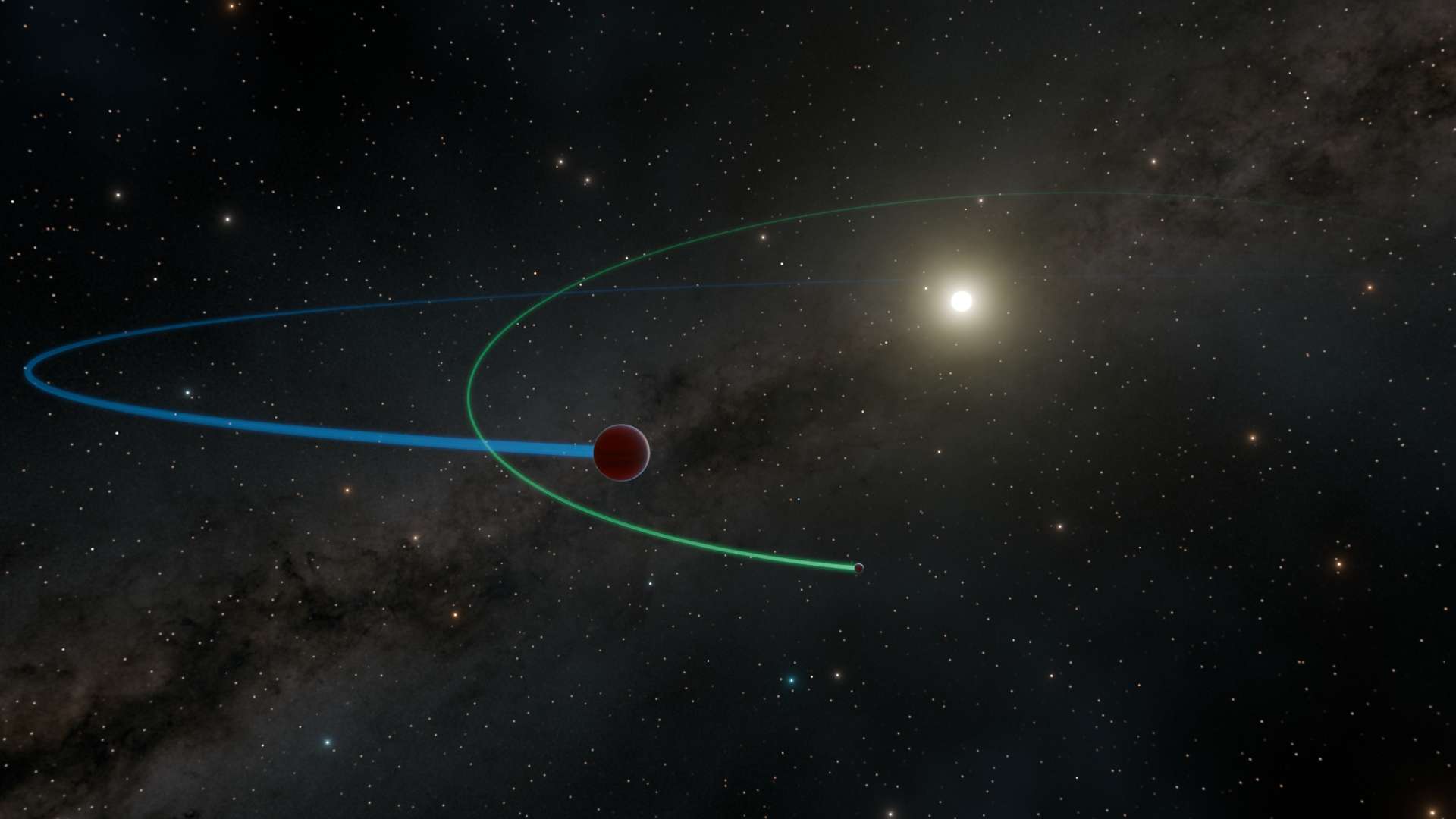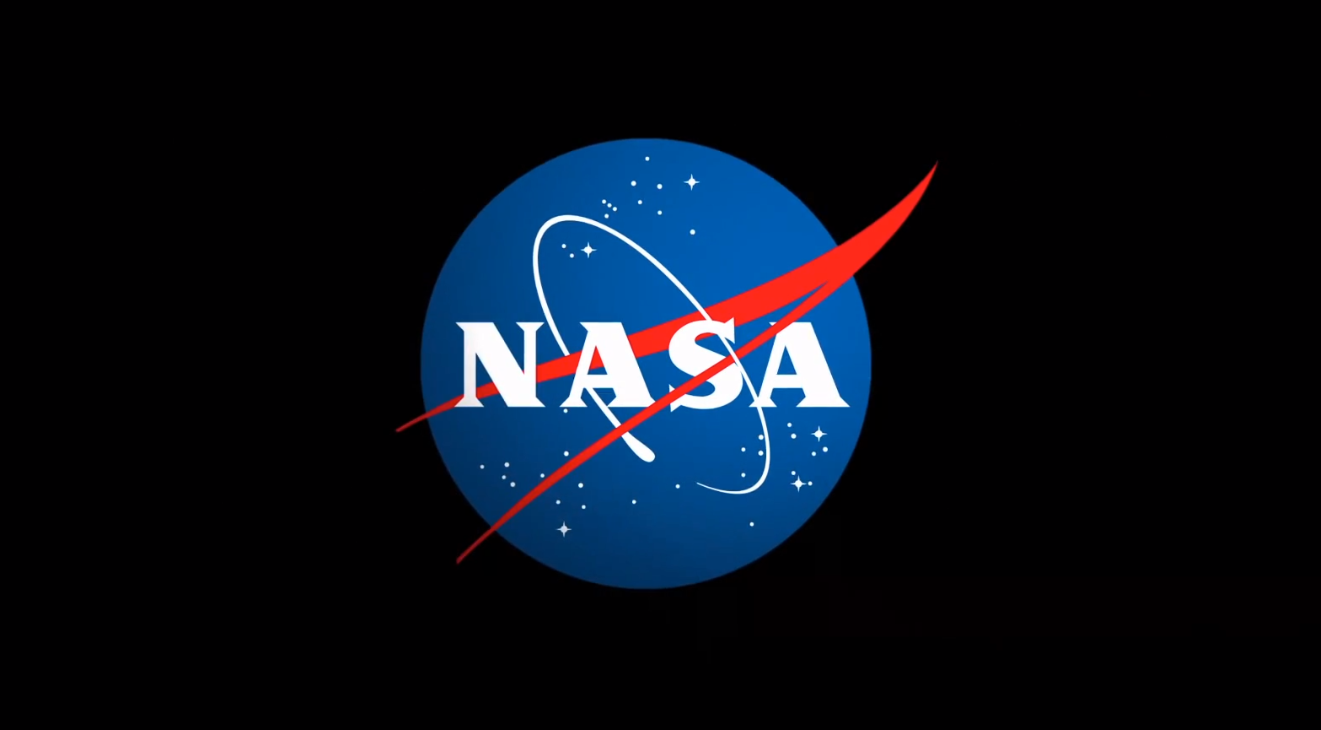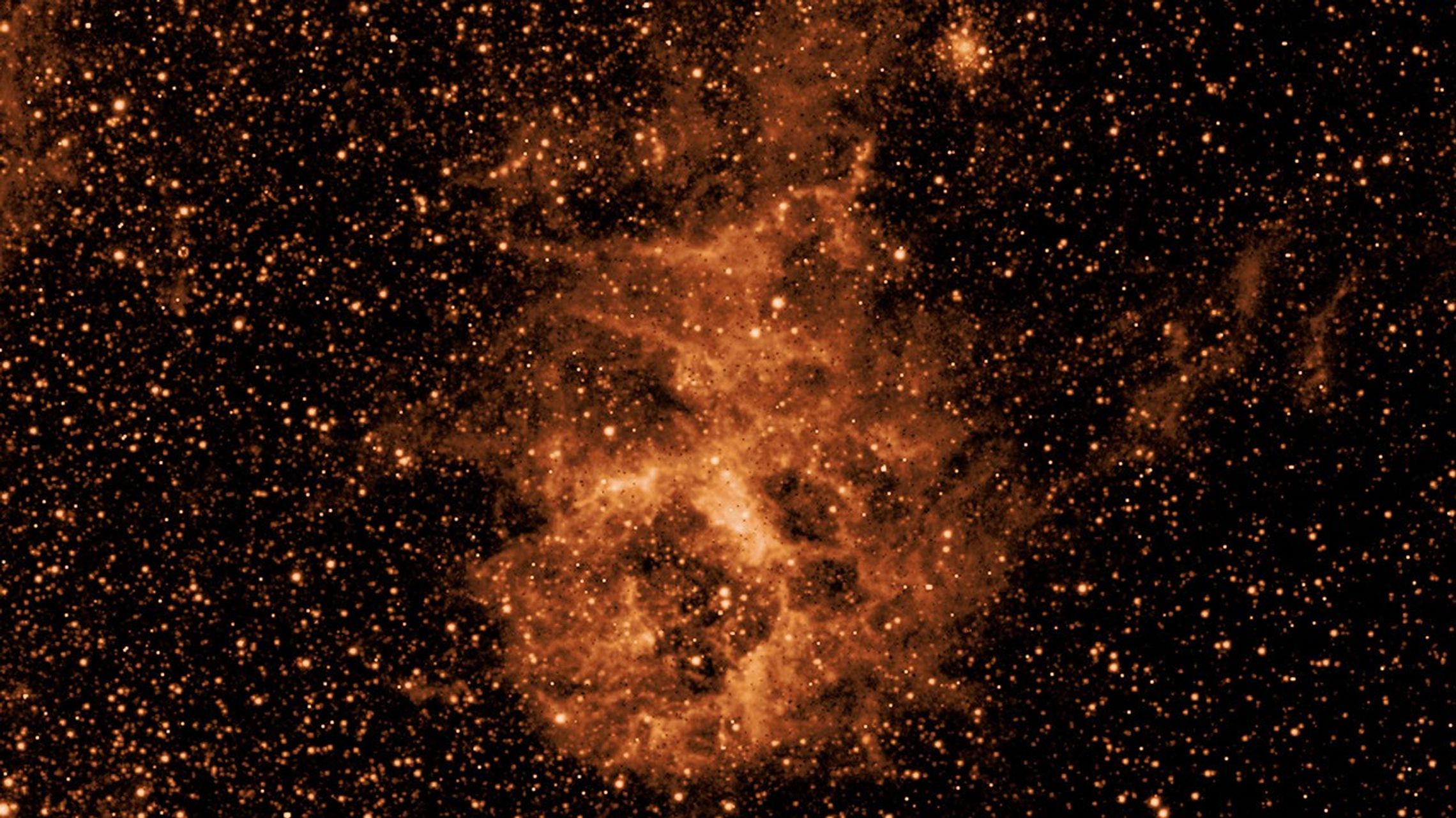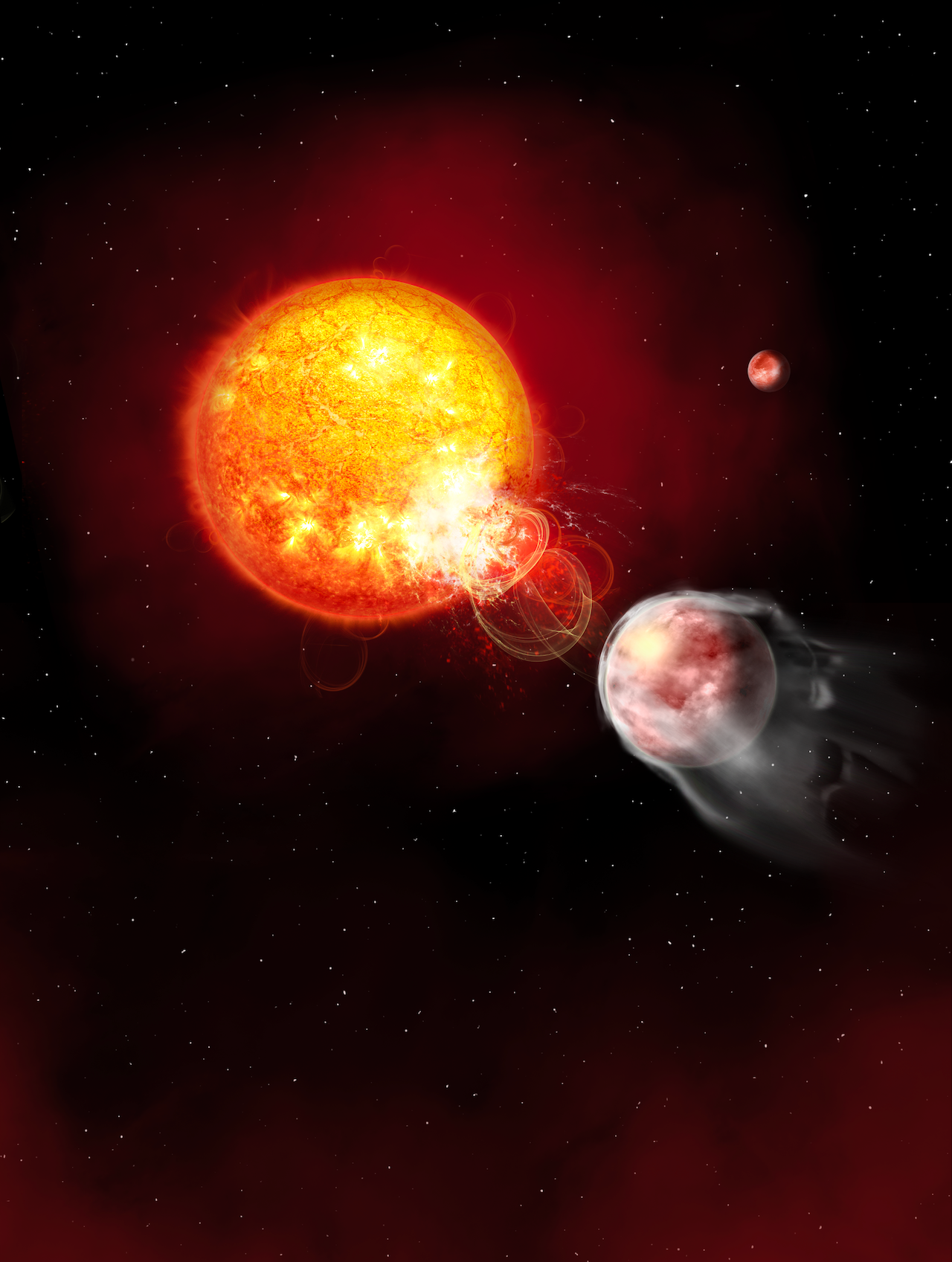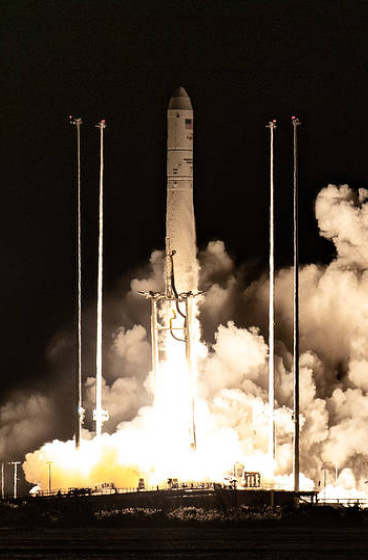📰 Trending Topics
Google News - Trending
Google News - Technology
iPhone 17 Pro Max Battery Capacity Leaked - MacRumors
2025-07-03 12:40
- iPhone 17 Pro Max Battery Capacity Leaked MacRumors
- Ugh! Too Bad We Have to Wait 2 Months for the iPhone 17 and This Rumored Feature CNET
- iPhone 17 Pro Max leaks signal Apple’s bold pivot to battery-first design Hindustan Times
- Apple iPhone 17 Pro: New Leak Suggests Startling Change Forbes
- iPhone 17 Pro's leaked renders show another significant design change PhoneArena
Helldivers 2 is the first PlayStation-published Xbox game - The Verge
2025-07-03 13:49
- Helldivers 2 is the first PlayStation-published Xbox game The Verge
- Sony-Published Helldivers 2 Gets Shock Release Date on Xbox Series X and S IGN
- Massive PS5 Hit Helldivers 2 Is Coming To Xbox This August As Console Exclusivity Wall Comes Down Kotaku
- Sony Stock Slips on Surprise Xbox Helldivers 2 Announcement TipRanks
- Helldivers 2 Is Coming To Xbox Series X/S This Summer Wccftech
Five New Google Photos Features Coming to iPhones Before Androids - Lifehacker
2025-07-02 19:30
- Five New Google Photos Features Coming to iPhones Before Androids Lifehacker
- Google Photos Huge Photo Redesign Droid Life
- Google Photos sees several app improvements The Verge
- Google Photos details photo view redesign, ‘Add to’ replaces Lens 9to5Google
- Sorry Android users, these Google Photos features are coming to iPhones first Macworld
This Kojima Sequel With A 96 Metacritic Score Puts Death Stranding 2 To Shame - Screen Rant
2025-07-02 22:00
- This Kojima Sequel With A 96 Metacritic Score Puts Death Stranding 2 To Shame Screen Rant
- Death Stranding 2 dials back the most stressful thing about the first game Polygon
- Kojima Productions’ latest game is one of the best-looking games I’ve ever seen on PS5 Pro, but I still don’t think you need one TechRadar
- Hideo Kojima goes in hard on AI and is worried we'll all 'be unknowingly led into a predetermined lifestyle' PC Gamer
- ‘Death Stranding 2’ Wants You to Be a Better Person GQ
NASA - Breaking News
Old Glory on the Red Planet
2025-07-03 17:07
The United States flag adorns an aluminum plate mounted at the base of the mast, or “head,” of NASA’s Perseverance Mars rover. This image of the plate was taken on June 28, 2025 (the 1,548th day, or sol, of the mission), by the WATSON (Wide Angle Topographic Sensor for Operations and eNgineering) camera on the end of the rover’s robotic arm.
WATSON, part of an instrument called SHERLOC (Scanning Habitable Environments with Raman & Luminescence for Organics & Chemicals), was built by Malin Space Science Systems (MSSS) in San Diego and is operated jointly by MSSS and NASA’s Jet Propulsion Laboratory in Southern California. JPL, which is managed for the agency by Caltech, built and manages operations of the Perseverance rover.
Discovery Alert: Scientists Spot a Planetary Carousel
2025-07-03 16:17
The Planets
KOI-134 b and KOI-134 c
The Discovery
A new investigation into old Kepler data has revealed that a planetary system once thought to house zero planets actually has two planets which orbit their star in a unique style, like an old-fashioned merry-go-round.
Key Facts
The KOI-134 system contains two planets which orbit their star in a peculiar fashion on two different orbital planes, with one planet exhibiting significant variation in transit times. This is the first-discovered system of its kind.
Details
Over a decade ago, scientists used NASA’s Kepler Space Telescope to observe the KOI-134 system and thought that it might have a planet orbiting, but they deemed this planet candidate to be a false positive, because its transits (or passes in front of its star) were not lining up as expected. These transits were so abnormal that the planet was actually weeded out through an automated system as a false positive before it could be analyzed further.
However, NASA’s commitment to openly sharing scientific data means that researchers can constantly revisit old observations to make new discoveries. In this new study, researchers re-analyzed this Kepler data on KOI-134 and confirmed that not only is the “false positive” actually a real planet, but the system has two planets and some really interesting orbital dynamics!
First, the “false positive” planet, named KOI-134 b, was confirmed to be a warm Jupiter (or a warm planet of a similar size to Jupiter). Through this analysis, researchers uncovered that the reason this planet eluded confirmation previously is because it experiences what are called transit timing variations (TTVs), or small differences in a planet’s transit across its star that can make its transit “early” or “late” because the planet is being pushed or pulled by the gravity from another planet which was also revealed in this study. Researchers estimate that KOI-134 b transits across its star as much as 20 hours “late” or “early,” which is a significant variation. In fact, it was so significant that it’s the reason why the planet wasn’t confirmed in initial observations.
As these TTVs are caused by the gravitational interaction with another planet, this discovery also revealed a planetary sibling: KOI-134 c. Through studying this system in simulations that include these TTVs, the team found that KOI-134 c is a planet slightly smaller than Saturn and closer to its star than KOI-134 b.
KOI-134 c previously eluded observation because it orbits on a tilted orbital plane, a different plane from KOI-134 b, and this tilted orbit prevents the planet from transiting its star. The two orbital planes of these planets are about 15 degrees different from one another, also known as a mutual inclination of 15 degrees, which is significant. Due to the gravitational push and pull between these two planets, their orbital planes also tilt back and forth.
Another interesting feature of this planetary system is something called resonance. These two planets have a 2 to 1 resonance, meaning within the same time that one planet completes one orbit, the other completes two orbits. In this case, KOI-134 b has an orbital period (the time it takes a planet to complete one orbit) of about 67 days, which is twice the orbital period of KOI-134 c, which orbits every 33-34 days.
Between the separate orbital planes tilting back and forth, the TTVs, and the resonance, the two planets orbit their star in a pattern that resembles two wooden ponies bobbing up and down as they circle around on an old-fashioned merry go round.
Fun Facts
While this system started as a false positive with Kepler, this re-analysis of the data reveals a vibrant system with two planets. In fact, this is the first-ever discovered compact, multiplanetary system that isn’t flat, has such a significant TTV, and experiences orbital planes tilting back and forth.
Also, most planetary systems do not have high mutual inclinations between close planet pairs. In addition to being a rarity, mutual inclinations like this are also not often measured because of challenges within the observation process. So, having measurements like this of a significant mutual inclination in a system, as well as measurements of resonance and TTVs, provides a clear picture of dynamics within a planetary system which we are not always able to see.
The Discoverers
A team of scientists led by Emma Nabbie of the University of Southern Queensland published a paper on June 27 on their discovery, “A high mutual inclination system around KOI-134 revealed by transit timing variations,” in the journal “Nature Astronomy.” The observations described in this paper and used in simulations in this paper were made by NASA’s Kepler Space Telescope and the paper included collaboration and contributions from institutions including the University of Geneva, University of La Laguna, Purple Mountain Observatory, the Harvard-Smithsonian Center for Astrophysics, the Georgia Institute of Technology, the University of Southern Queensland, and NASA’s retired Kepler Space Telescope.
NASA Sets Briefings for SpaceX Crew-11 Mission to Space Station
2025-07-02 21:26

NASA and its partners will discuss the upcoming crew rotation to the International Space Station during a pair of news conferences on Thursday, July 10, from the agency’s Johnson Space Center in Houston.
First is an overview news conference at 12 p.m. EDT with mission leadership discussing final launch and mission preparations on the agency’s YouTube channel.
Next, crew will participate in a news conference at 2 p.m. on NASA’s YouTube channel, followed by individual astronaut interviews at 3 p.m. This is the final media opportunity with Crew-11 before they travel to NASA’s Kennedy Space Center in Florida for launch.
The Crew-11 mission, targeted to launch in late July/early August, will carry NASA astronauts Zena Cardman and Mike Fincke, JAXA (Japan Aerospace Exploration Agency) astronaut Kimiya Yui, and Roscosmos cosmonaut Oleg Platonov to the orbiting laboratory. The crew will launch aboard a SpaceX Dragon spacecraft on the company’s Falcon 9 rocket from Launch Complex 39A.
United States-based media seeking to attend in person must contact the NASA Johnson newsroom no later than 5 p.m. on Monday, July 7, at 281-483-5111 or jsccommu@mail.nasa.gov. A copy of NASA’s media accreditation policy is available online.
Any media interested in participating in the news conferences by phone must contact the Johnson newsroom by 9:45 a.m. the day of the event. Media seeking virtual interviews with the crew must submit requests to the Johnson newsroom by 5 p.m. on Monday, July 7.
Briefing participants are as follows (all times Eastern and subject to change based on real-time operations):
12 p.m.: Mission Overview News Conference
- Steve Stich, manager, Commercial Crew Program, NASA Kennedy
- Bill Spetch, operations integration manager, International Space Station Program, NASA Johnson
- NASA’s Space Operations Mission Directorate representative
- Sarah Walker, director, Dragon Mission Management, SpaceX
- Mayumi Matsuura, vice president and director general, Human Spaceflight Technology Directorate, JAXA
2 p.m.: Crew News Conference
- Zena Cardman, Crew-11 commander, NASA
- Mike Fincke, Crew-11 pilot, NASA
- Kimiya Yui, Crew-11 mission specialist, JAXA
- Oleg Platonov, Crew-11 mission specialist, Roscosmos
3 p.m.: Crew Individual Interview Opportunities
- Crew-11 members available for a limited number of interviews
Selected as a NASA astronaut in 2017, Cardman will conduct her first spaceflight. The Williamsburg, Virginia, native holds a bachelor’s degree in Biology and a master’s in Marine Sciences from the University of North Carolina at Chapel Hill. At the time of selection, she was pursuing a doctorate in geosciences. Cardman’s geobiology and geochemical cycling research focused on subsurface environments, from caves to deep sea sediments. Since completing initial training, Cardman has supported real-time station operations and lunar surface exploration planning. Follow @zenanaut on X and @zenanaut on Instagram.
This will be Fincke’s fourth trip to the space station, having logged 382 days in space and nine spacewalks during Expedition 9 in 2004, Expedition 18 in 2008, and STS-134 in 2011, the final flight of space shuttle Endeavour. Throughout the past decade, Fincke has applied his expertise to NASA’s Commercial Crew Program, advancing the development and testing of the SpaceX Dragon spacecraft and Boeing Starliner spacecraft toward operational certification. The Emsworth, Pennsylvania, native is a graduate of the United States Air Force Test Pilot School and holds bachelors’ degrees from the Massachusetts Institute of Technology, Cambridge, in both aeronautics and astronautics, as well as Earth, atmospheric and planetary sciences. He also has a master’s degree in aeronautics and astronautics from Stanford University in California. Fincke is a retired U.S. Air Force colonel with more than 2,000 flight hours in over 30 different aircraft. Follow @AstroIronMike on X and Instagram.
With 142 days in space, this will be Yui’s second trip to the space station. After his selection as a JAXA astronaut in 2009, Yui flew as a flight engineer for Expedition 44/45 and became the first Japanese astronaut to capture JAXA’s H-II Transfer Vehicle using the station’s robotic arm. In addition to constructing a new experimental environment aboard Kibo, he conducted a total of 21 experiments for JAXA. In November 2016, Yui was assigned as chief of the JAXA Astronaut Group. He graduated from the School of Science and Engineering at the National Defense Academy of Japan in 1992. He later joined the Air Self-Defense Force at the Japan Defense Agency (currently the Ministry of Defense). In 2008, Yui joined the Air Staff Office at the Ministry of Defense as a lieutenant colonel. Follow @astro_kimiya on X.
The Crew-11 mission also will be Platonov’s first spaceflight. Before his selection as a cosmonaut in 2018, Platonov earned a degree in engineering from Krasnodar Air Force Academy in aircraft operations and air traffic management. He also earned a bachelor’s degree in state and municipal management in 2016 from the Far Eastern Federal University in Vladivostok, Russia. Assigned as a test cosmonaut in 2021, he has experience in piloting aircraft, zero gravity training, scuba diving, and wilderness survival.
For more information about the mission, visit:
https://www.nasa.gov/commercialcrew
-end-
Claire O’Shea / Joshua Finch
Headquarters, Washington
202-358-1100
claire.a.o’shea@nasa.gov / joshua.a.finch@nasa.gov
Sandra Jones / Joseph Zakrzewski
Johnson Space Center, Houston
281-483-5111
sandra.p.jones@nasa.gov / Joseph.a.zakrzewski@nasa.gov
NASA Awards Simulation and Advanced Software Services II Contract
2025-07-02 20:32
NASA has awarded a contract to MacLean Engineering & Applied Technologies, LLC of Houston to provide simulation and advanced software services to the agency.
The Simulation and Advanced Software Services II (SASS II) contract includes services from Oct. 1, 2025, through Sept. 30, 2030, with a maximum potential value not to exceed $150 million. The contract is a single award, indefinite-delivery/indefinite-quality contract with the capability to issue cost-plus-fixed-fee task orders and firm-fixed-price task orders.
Under the five-year SASS II contract, the awardee is tasked to provide simulation and software services for space-based vehicle models and robotic manipulator systems; human biomechanical representations for analysis and development of countermeasures devices; guidance, navigation, and control of space-based vehicles for all flight phases; and space-based vehicle on-board computer systems simulations of flight software systems. Responsibilities also include astronomical object surface interaction simulation of space-based vehicles, graphics support for simulation visualization and engineering analysis, and ground-based and onboarding systems to support human-in-the-loop training.
Major subcontractors include Tietronix Software Inc. in Houston and VEDO Systems, LLC, in League City, Texas.
For information about NASA and agency programs, visit:
-end-
Tiernan Doyle
Headquarters, Washington
202-358-1600
tiernan.doyle@nasa.gov
Chelsey Ballarte
Johnson Space Center, Houston
281-483-5111
Chelsey.n.ballarte@nasa.gov
How NASA’s SPHEREx Mission Will Share Its All-Sky Map With the World
2025-07-02 19:57
5 min read
How NASA’s SPHEREx Mission Will Share Its All-Sky Map With the World
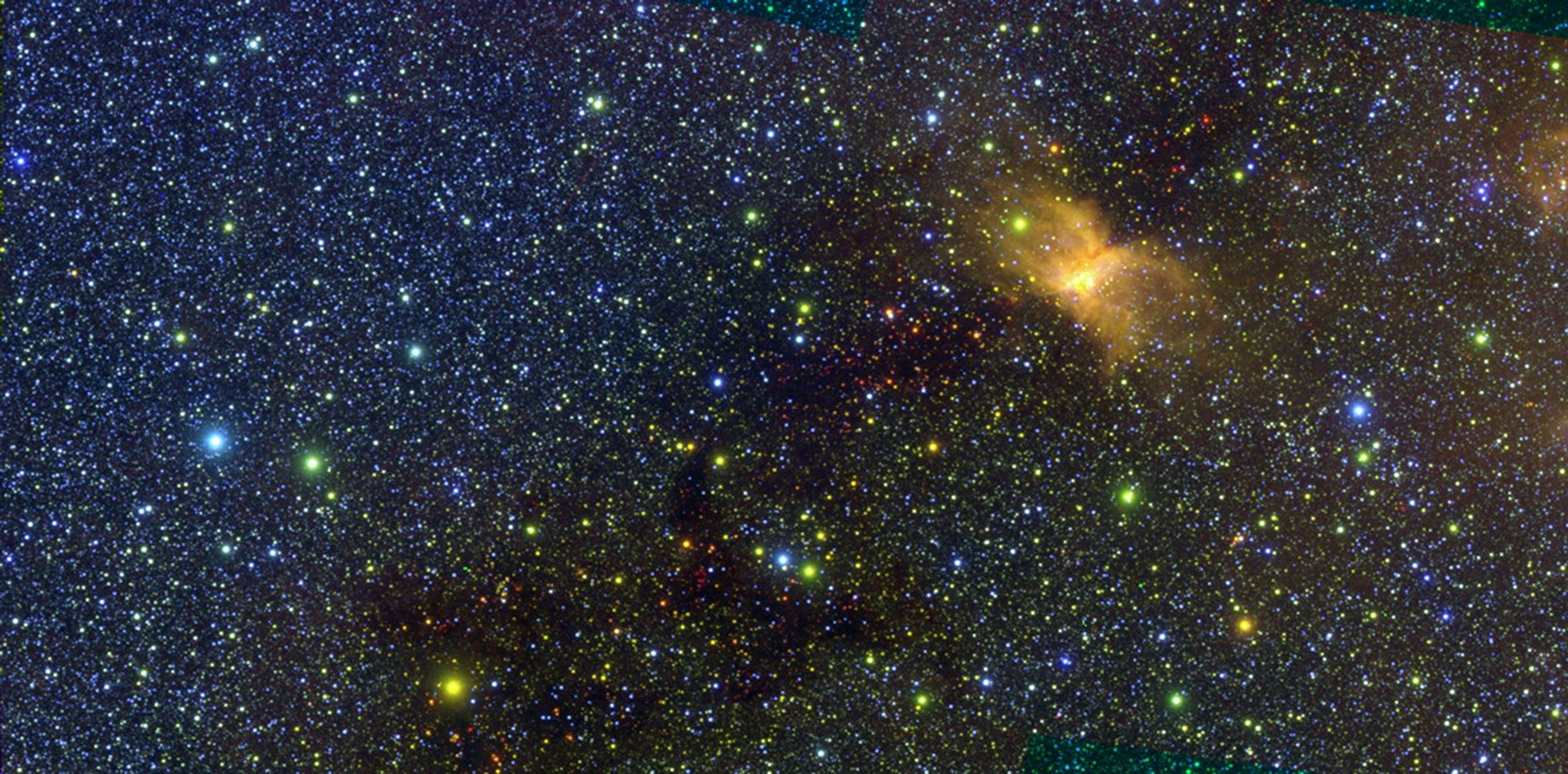
NASA’s newest astrophysics space telescope launched in March on a mission to create an all-sky map of the universe. Now settled into low-Earth orbit, SPHEREx (Spectro-Photometer for the History of the Universe, Epoch of Reionization, and Ices Explorer) has begun delivering its sky survey data to a public archive on a weekly basis, allowing anyone to use the data to probe the secrets of the cosmos.
“Because we’re looking at everything in the whole sky, almost every area of astronomy can be addressed by SPHEREx data,” said Rachel Akeson, the lead for the SPHEREx Science Data Center at IPAC. IPAC is a science and data center for astrophysics and planetary science at Caltech in Pasadena, California.
Almost every area of astronomy can be addressed by SPHEREx data.

Rachel Akeson
SPHEREx Science Data Center Lead
Other missions, like NASA’s now-retired WISE (Wide-field Infrared Survey Explorer), have also mapped the entire sky. SPHEREx builds on this legacy by observing in 102 infrared wavelengths, compared to WISE’s four wavelength bands.
By putting the many wavelength bands of SPHEREx data together, scientists can identify the signatures of specific molecules with a technique known as spectroscopy. The mission’s science team will use this method to study the distribution of frozen water and organic molecules — the “building blocks of life” — in the Milky Way.
The SPHEREx science team will also use the mission’s data to study the physics that drove the universe’s expansion following the big bang, and to measure the amount of light emitted by all the galaxies in the universe over time. Releasing SPHEREx data in a public archive encourages far more astronomical studies than the team could do on their own.
“By making the data public, we enable the whole astronomy community to use SPHEREx data to work on all these other areas of science,” Akeson said.
NASA is committed to the sharing of scientific data, promoting transparency and efficiency in scientific research. In line with this commitment, data from SPHEREx appears in the public archive within 60 days after the telescope collects each observation. The short delay allows the SPHEREx team to process the raw data to remove or flag artifacts, account for detector effects, and align the images to the correct astronomical coordinates.
The team publishes the procedures they used to process the data alongside the actual data products. “We want enough information in those files that people can do their own research,” Akeson said.
During its two-year prime mission, SPHEREx will survey the entire sky twice a year, creating four all-sky maps. After the mission reaches the one-year mark, the team plans to release a map of the whole sky at all 102 wavelengths.
In addition to the science enabled by SPHEREx itself, the telescope unlocks an even greater range of astronomical studies when paired with other missions. Data from SPHEREx can be used to identify interesting targets for further study by NASA’s James Webb Space Telescope, refine exoplanet parameters collected from NASA’s TESS (Transiting Exoplanet Survey Satellite), and study the properties of dark matter and dark energy along with ESA’s (European Space Agency’s) Euclid mission and NASA’s upcoming Nancy Grace Roman Space Telescope.
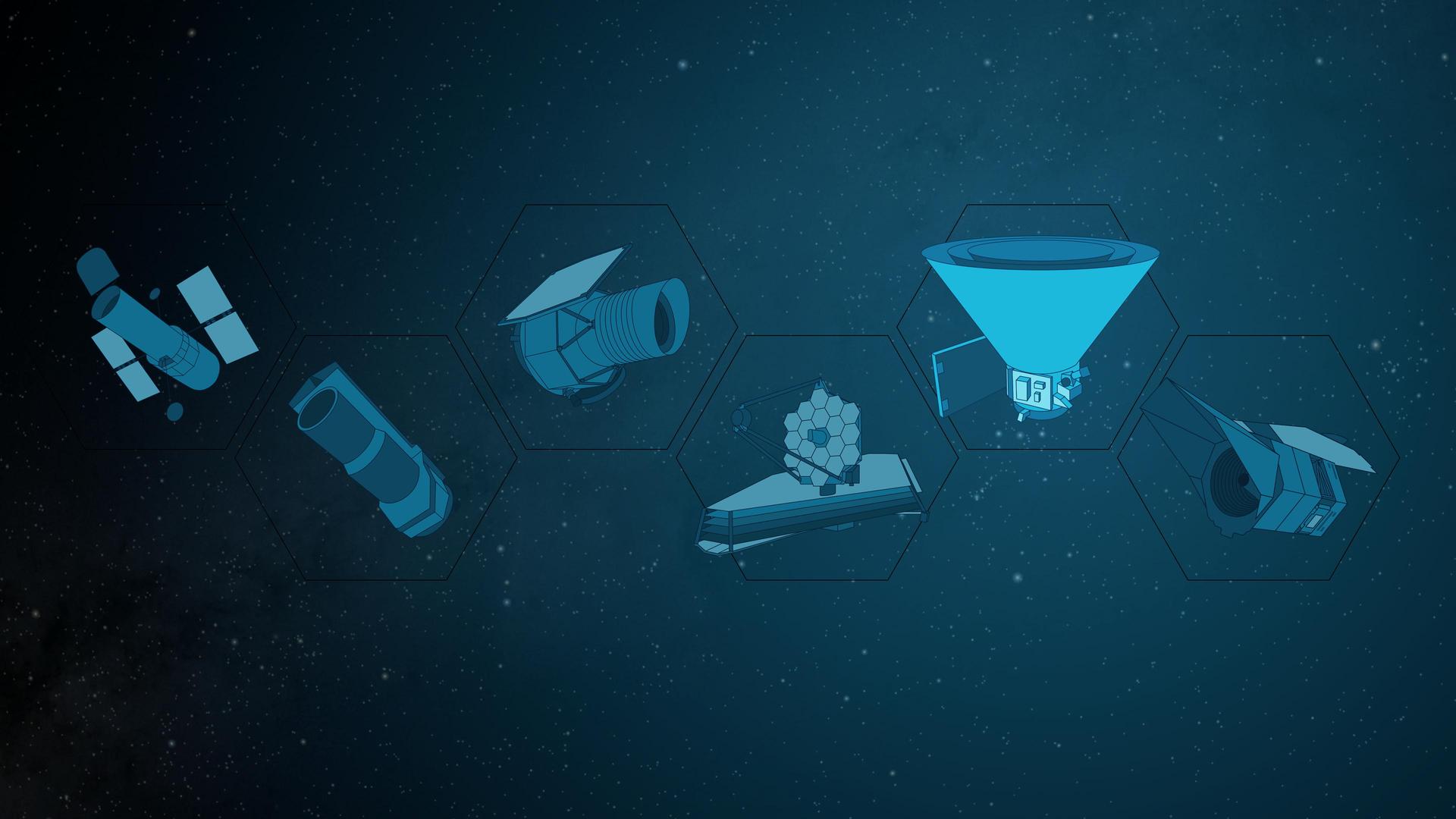
The IPAC archive that hosts SPHEREx data, IRSA (NASA/IPAC Infrared Science Archive), also hosts pointed observations and all-sky maps at a variety of wavelengths from previous missions. The large amount of data available through IRSA gives users a comprehensive view of the astronomical objects they want to study.
“SPHEREx is part of the entire legacy of NASA space surveys,” said IRSA Science Lead Vandana Desai. “People are going to use the data in all kinds of ways that we can’t imagine.”
NASA’s Office of the Chief Science Data Officer leads open science efforts for the agency. Public sharing of scientific data, tools, research, and software maximizes the impact of NASA’s science missions. To learn more about NASA’s commitment to transparency and reproducibility of scientific research, visit science.nasa.gov/open-science. To get more stories about the impact of NASA’s science data delivered directly to your inbox, sign up for the NASA Open Science newsletter.
By Lauren Leese
Web Content Strategist for the Office of the Chief Science Data Officer
More About SPHEREx
The SPHEREx mission is managed by NASA’s Jet Propulsion Laboratory for the agency’s Astrophysics Division within the Science Mission Directorate at NASA Headquarters. BAE Systems in Boulder, Colorado, built the telescope and the spacecraft bus. The science analysis of the SPHEREx data will be conducted by a team of scientists located at 10 institutions in the U.S., two in South Korea, and one in Taiwan. Caltech in Pasadena managed and integrated the instrument. The mission’s principal investigator is based at Caltech with a joint JPL appointment. Data will be processed and archived at IPAC at Caltech. The SPHEREx dataset will be publicly available at the NASA-IPAC Infrared Science Archive. Caltech manages JPL for NASA.
To learn more about SPHEREx, visit:
Media Contacts
Calla Cofield
Jet Propulsion Laboratory, Pasadena, Calif.
626-808-2469
calla.e.cofield@jpl.nasa.gov
Amanda Adams
Office of the Chief Science Data Officer
256-683-6661
amanda.m.adams@nasa.gov
Share
Details
Related Terms
TechCrunch - Latest
Ilya Sutskever will lead Safe Superintelligence following his CEO’s exit
2025-07-03 17:29
Kristen Craft brings fresh fundraising strategy to the Foundation Stage at TechCrunch All Stage
2025-07-03 17:27
Y Combinator alum launched a new $34M fund dedicated to YC startups, backed by Garry Tan
2025-07-03 17:00
Trump admin unlawfully killed health websites related to gender, court rules
2025-07-03 16:46
Meta has found another way to keep you engaged: Chatbots that message you first
2025-07-03 16:34

